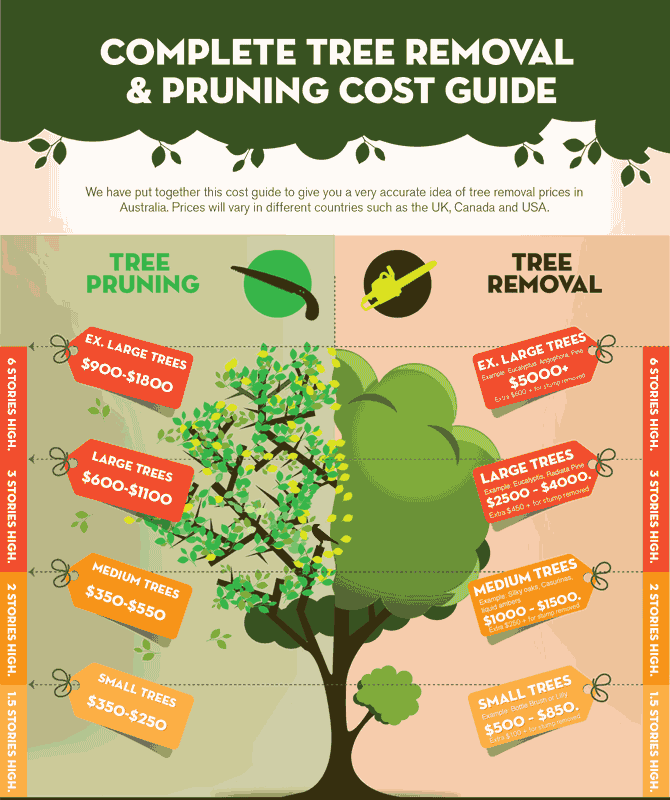After Eliminating Trees, Correct Treatment Is Important For Landscape Recuperation; Discover The Needed Actions To Renew Your Area And Avoid Approaching Obstacles
After Eliminating Trees, Correct Treatment Is Important For Landscape Recuperation; Discover The Needed Actions To Renew Your Area And Avoid Approaching Obstacles
Blog Article
Content Author-Wilcox Als
After a tree's elimination, your landscape may look fairly various, and it's essential to assess the consequences meticulously. You'll wish to examine the dirt disruption and check surrounding plants for any signs of stress. Disregarding these elements can cause larger troubles down the line. So, what should you do with those stumps and origins? And just how do take a look at the site here choose the most effective plants for your rejuvenated area? Let's explore these vital steps.
Evaluating the Aftermath: Reviewing Your Landscape
After a tree removal, it's critical to evaluate your landscape to comprehend the influence it has on your backyard.
Beginning by checking out the location where the tree stood. https://www.linkedin.com/in/precision-timber-felling-976708271 of dirt disruption, and inspect the bordering plants for any stress or damage.
You need to also bear in mind of exactly how the elimination has actually changed sunshine exposure and air movement in your garden. This change can impact the growth of neighboring plants, so it's necessary to evaluate their wellness.
Consider the aesthetic elements as well; the removal might create an open space that you can upgrade.
Finally, consider any type of potential erosion concerns that may arise from the tree's absence. Attending to these aspects early will help recover balance to your landscape.
Managing Stumps and Origins: Options for Removal
As soon as you've assessed the aftermath of the tree elimination, you'll likely need to deal with the stump and roots left behind.
You have a couple of alternatives for elimination. One efficient approach is stump grinding, where an expert makes use of a device to grind the stump down to below ground level. This approach leaves minimal interruption to your landscape.
If you favor a do it yourself technique, you can utilize a mix of digging and chemical stump removers. Simply bear in mind, this process can take some time and effort.
Additionally, consider leaving the stump as an all-natural attribute, which can act as an one-of-a-kind yard element or habitat for wild animals.
Whatever you select, resolving the stump and roots is crucial for restoring your landscape.
Selecting the Right Plant Kingdoms for Your New Room
As you analyze your recently removed space, picking the right plants can significantly enhance your landscape's appeal and functionality.
Begin by taking into consideration the sunlight and dirt conditions. For warm locations, select drought-resistant plants like lavender or succulents. In shaded areas, brushes and hostas grow well.
Think of the size and growth behaviors of your plants; mix perennials and annuals for seasonal selection. Don't neglect to incorporate indigenous species; they call for much less upkeep and assistance local wildlife.
Team plants in odd numbers for an extra natural look and produce layers for aesthetic depth.
Finally, guarantee you have a mix of shades and appearances to keep your landscape dynamic throughout the periods.
Delighted growing!
Conclusion
In conclusion, restoring your landscape after tree removal is a satisfying process. By assessing the after-effects, resolving stumps and roots, and picking the right plants, you'll produce a growing setting. Do not neglect to incorporate erosion control actions to secure your dirt. With a little effort and care, you can change your space right into a lively garden that enhances your residential or commercial property. Accept the possibility to renew your landscape and appreciate the appeal of nature right in your backyard!
